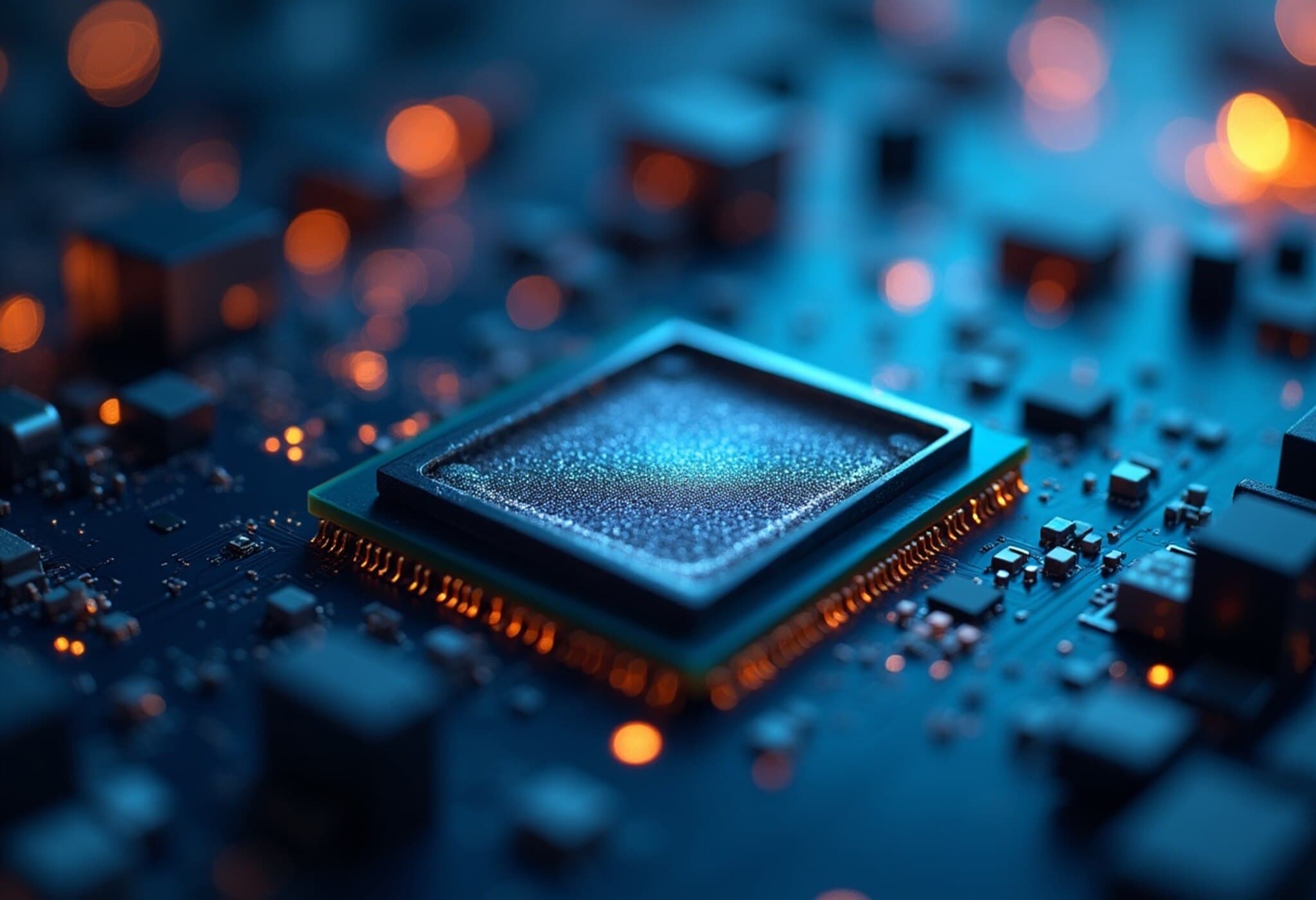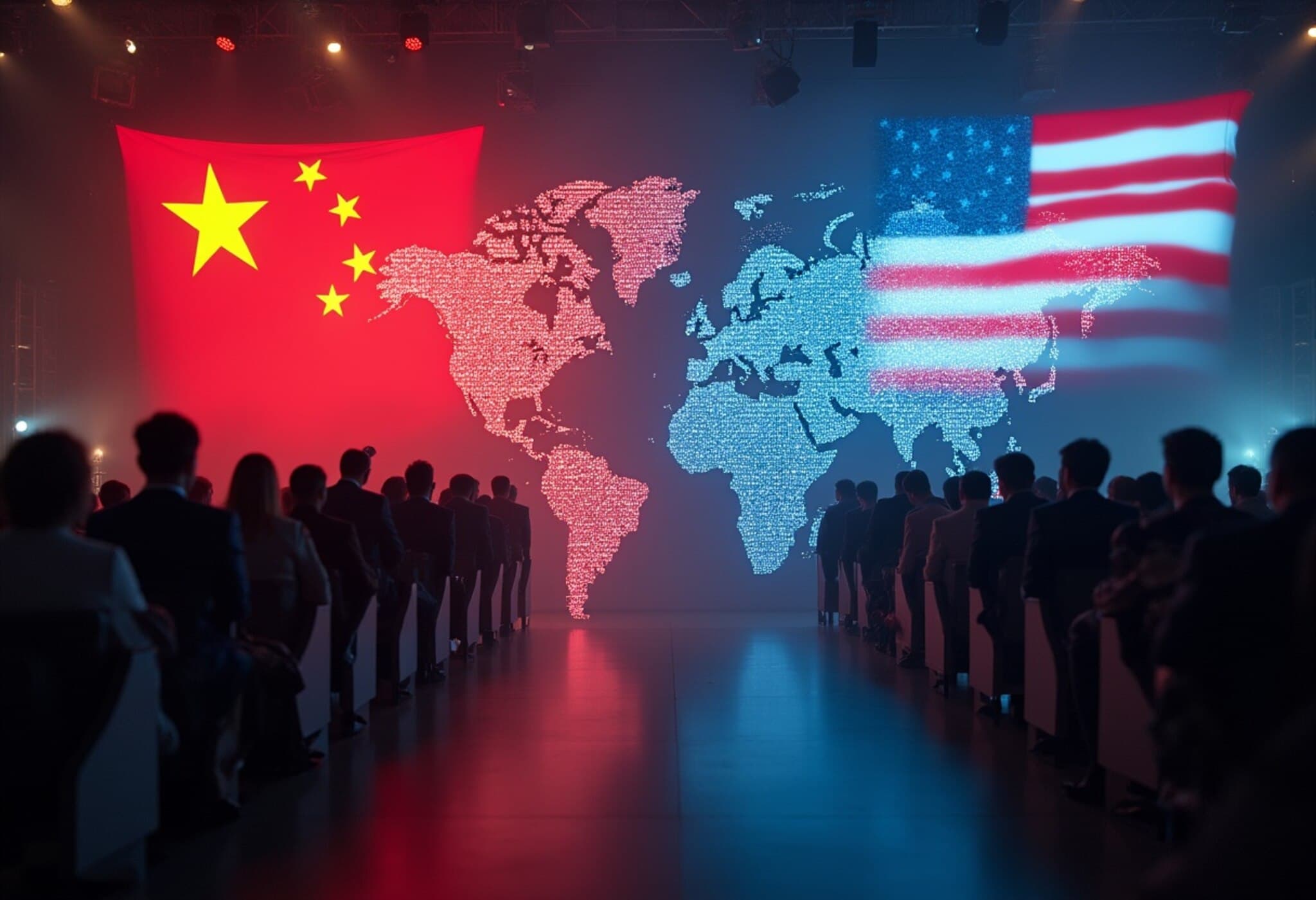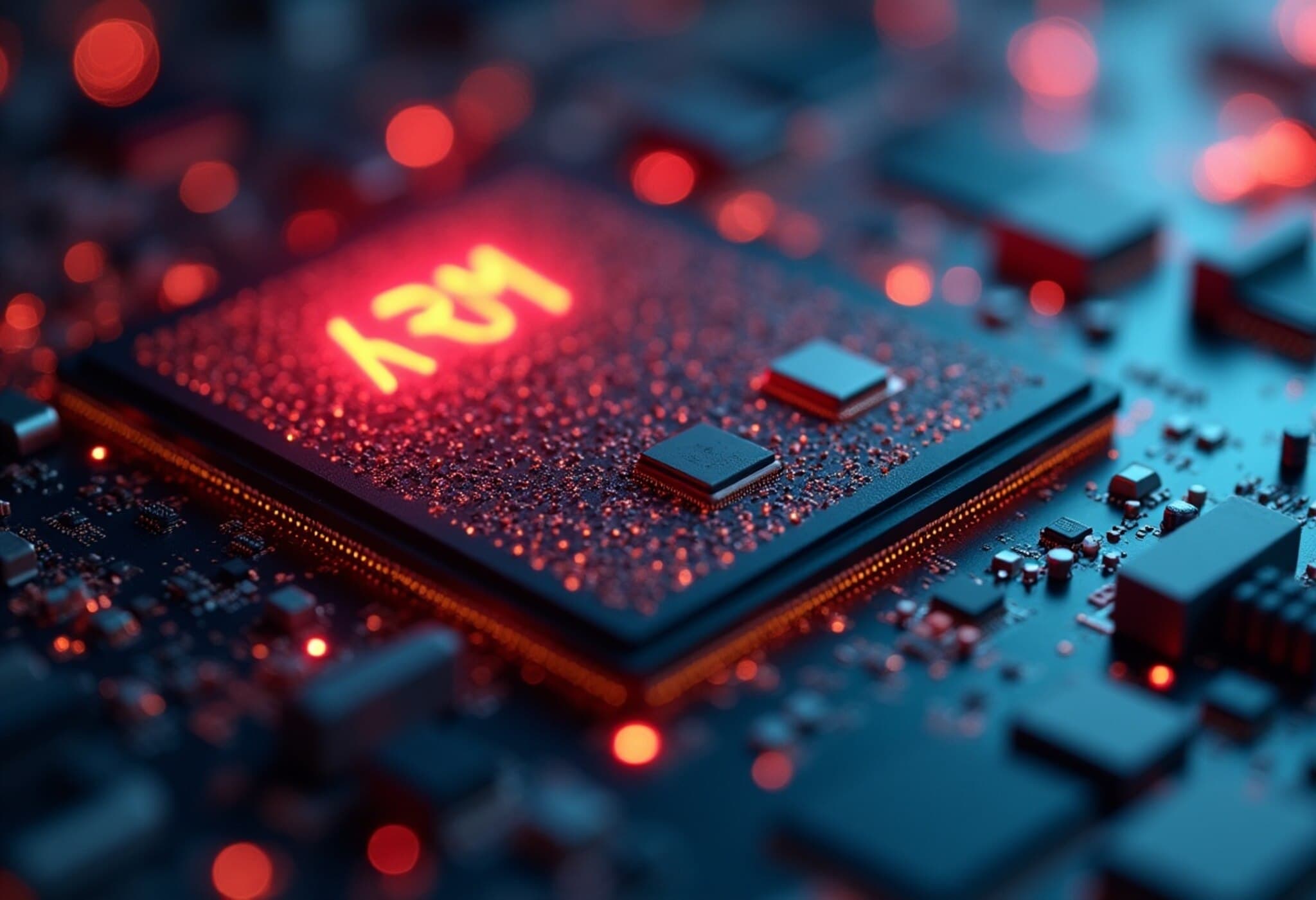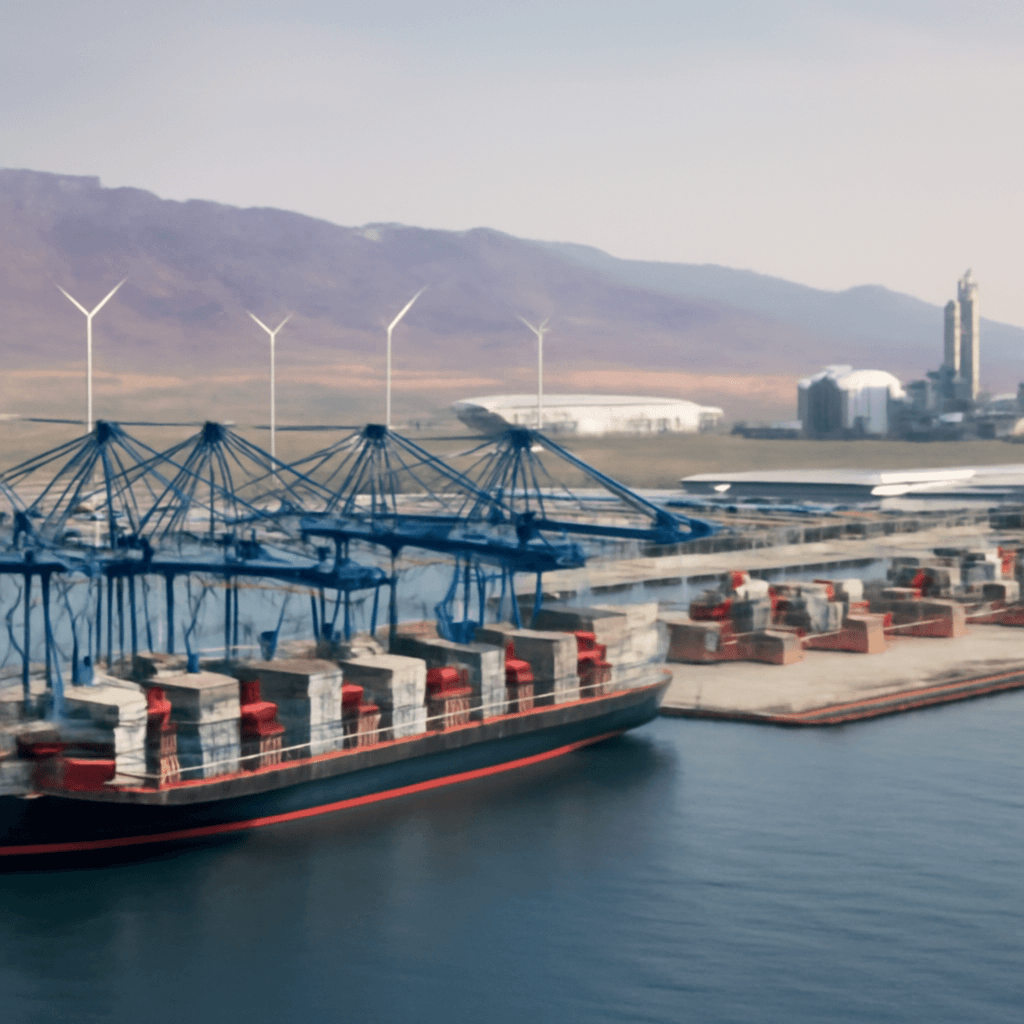China’s Rare Earth Export Controls: Ripple Effects on India and the US
In a compelling twist of global supply dynamics, China's tightening grip on rare earth metal exports is sending shockwaves through manufacturing hubs, including Apple’s AirPods production facility in Telangana, India. While China's rare earth magnet shipments to the United States have surged to unprecedented highs, India finds itself grappling with critical shortages — notably dysprosium — that could throttle burgeoning electronics manufacturing ambitions.
Foxconn’s Telangana Facility Faces Dysprosium Shortage
The Foxconn Interconnect Technology (FIT) plant in Kongara Kalan, just 45 kilometers from Hyderabad, is a pivotal stage for Apple’s AirPods production outside China. Opened in April 2024 under Apple’s strategy to diversify manufacturing beyond its traditional Chinese base, the factory relies heavily on rare earth metals like dysprosium and neodymium — crucial for the high-performance magnets inside wireless earbuds.
Insiders reveal that recent export curbs by China on medium and heavy rare earth elements, including dysprosium, have caused a notable bottleneck. Although Foxconn maintains there is no official production halt, sources acknowledge a slowdown earlier this year. “The supply chain for dysprosium is definitely more complex now, but Foxconn is adapting,” said an industry executive familiar with the situation.
Government-Level Engagement and Certification Challenges
In response to the supply crunch, Foxconn reportedly engaged the Telangana government to navigate the bureaucratic hurdles of securing export approvals from China. A critical step involves obtaining an End User Certificate (EUC) authenticated by Indian ministries and the Chinese embassy—a process that has yet to receive the necessary approval from Beijing.
- Foxconn secured the EUC through India’s Ministry of External Affairs and the Chinese Embassy.
- The supplier's application for dysprosium export is currently pending Chinese government approval.
- Foxconn is managing existing stockpiles to maintain production continuity during the wait.
Foxconn’s logistics team anticipates clearance by the end of July 2025, consistent with typical 45-50 day processing times. Meanwhile, Apple and Foxconn have remained tight-lipped, requesting no comment, fueling speculation on strategic supply chain adjustments.
Broader Industry Implications and Underreported Questions
The India Cellular and Electronics Association (ICEA) has formally informed the Indian government about the detrimental impact of China’s restrictive policies—pointing to increased costs and delays hampering the country's ambitions to become a global electronics manufacturing hub. Apple and Foxconn, as members of ICEA, are directly affected.
Moreover, earlier reports indicated Beijing directed Foxconn to repatriate over 300 Chinese engineers from Indian iPhone assembly lines. While Taiwanese engineers may fill some gaps, experts warn that China’s real leverage lies not just in personnel but in controlling critical raw materials and advanced machinery essential for high-tech production.
China’s Rare Earth Export Strategy: A Mixed Signal
Paradoxically, while India struggles to secure raw materials, China has ramped up rare earth magnet exports to the United States. June 2025 data showed a 660% increase compared to May, with shipments reaching 353 metric tons. Experts interpret this as a strategic move by Beijing to prioritize trade relationships with key geopolitical allies while maintaining leverage over competitors.
China controls over 80% of the world’s supply of 17 rare earth elements essential for electric vehicles, wind turbines, defense systems, and consumer electronics. The nation’s April 2025 imposition of export controls on medium and heavy rare earth elements such as samarium, gadolinium, terbium, dysprosium, and others, was widely seen as a diplomatic tool amid ongoing trade tensions, specifically following US tariff escalations.
Why Dysprosium Matters Beyond Consumer Electronics
Dysprosium’s unique properties make it indispensable not only for improving magnets used in AirPods but also for enhancing the performance and durability of critical military hardware, laser targeting systems, and communication technologies. Its ability to maintain magnetic strength at high temperatures underpins advanced defense and industrial applications--highlighting the high stakes in China’s export controls.
What This Means for India’s Manufacturing Ambitions
India’s drive to elevate its electronics manufacturing prowess faces a complex geopolitical and supply chain hurdle. The delicate balancing act involves securing rare earth supplies from an increasingly strategic and opaque market while navigating diplomatic channels to gain export permissions. For Foxconn and other key OEMs, these constraints threaten to slow the momentum of their India-based production expansions.
Key Takeaways for Policymakers and Industry Leaders
- Diversification is critical: India and its partners must accelerate efforts to develop indigenous rare earth mining and processing capabilities to reduce dependence on China.
- Strategic international partnerships: Forging closer ties with rare earth producers in Australia, the US, and Africa could help alleviate supply constraints.
- Policy agility: Streamlining certification and export-import approvals can enable manufacturers to respond faster to evolving global trade dynamics.
- Technological innovation: Investing in material science to find alternatives or reduce rare earth dependency will be vital for future resilience.
Editor’s Note
The unfolding saga of China’s rare earth export controls and their reverberations through India’s manufacturing landscape underscore a new era where geopolitics and supply chains are deeply intertwined. As Apple’s AirPods production hiccups reveal broader vulnerabilities, stakeholders must rethink supply strategies with both urgency and nuance.
This episode raises essential questions: How will India accelerate its rare earth capabilities in an increasingly competitive and politicized global market? Can multinational corporations like Apple and Foxconn balance cost efficiencies against supply risks? And how will shifts in China’s export policies reshape the future of global technology manufacturing?
Understanding these dynamics is not just an academic exercise but a practical imperative for businesses, policymakers, and consumers alike. The next few years will likely define the contours of global technological dominance and economic resilience.















